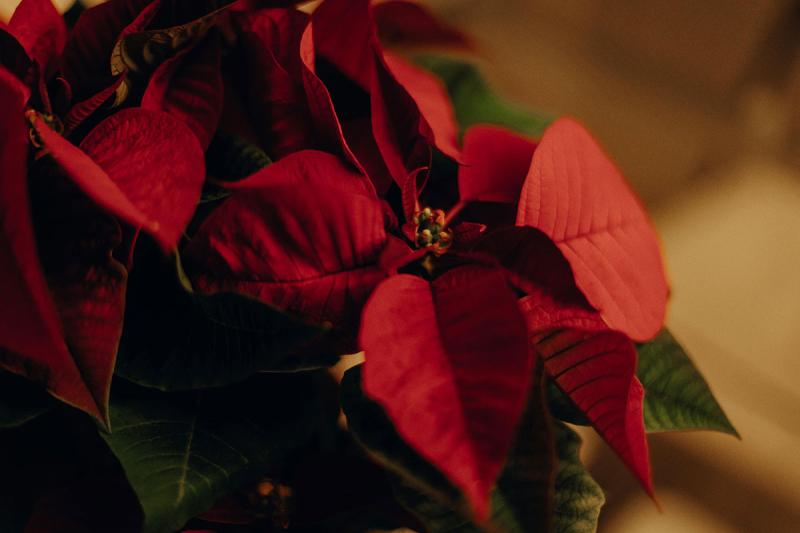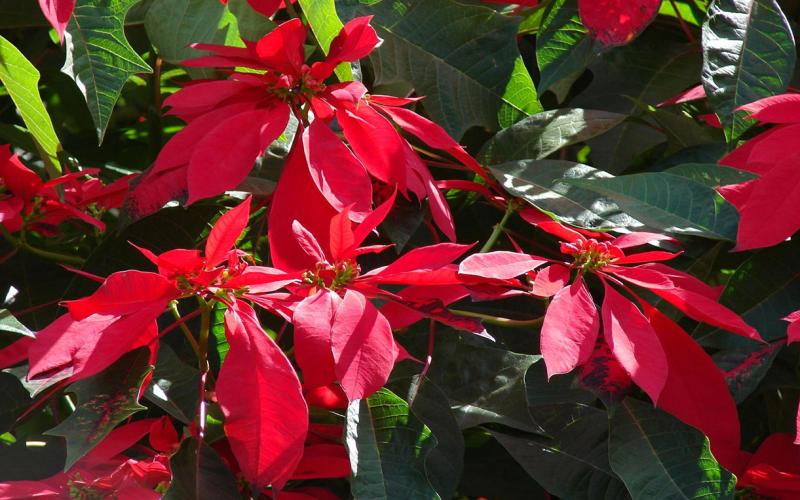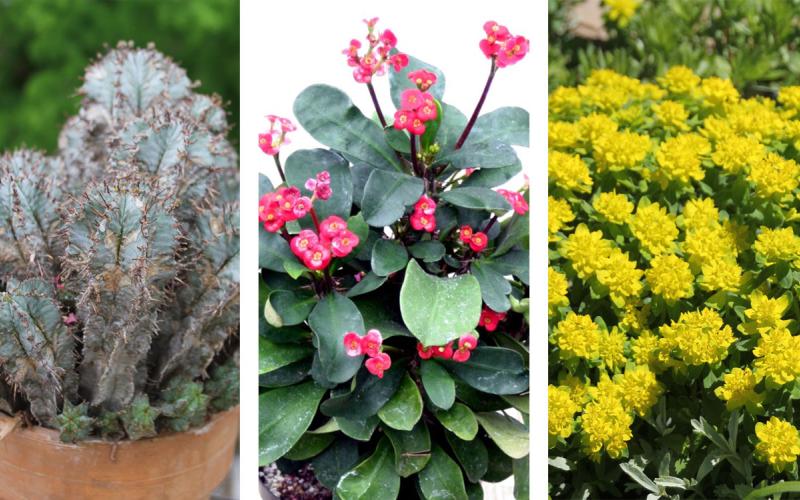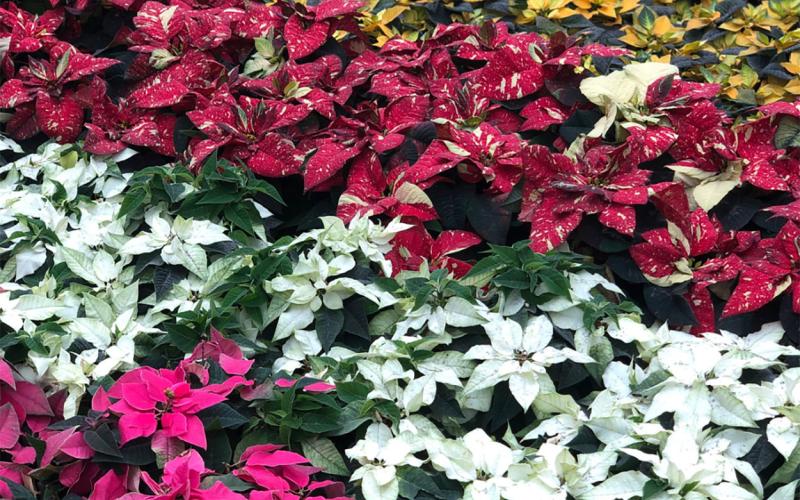Original article by David Graper, former SDSU Extension Horticulture Specialist and Master Gardener Program Coordinator. Updated by Vaughn Reints, SDSU Extension Horticulture Assistant; and Kristine Lang, Assistant Professor, Agronomy, Horticulture, and Plant Science. Special thanks to SDSU Extension Master Gardener Trainee, Max Peterson, for editorial review of this article.
With proper care, the poinsettia’s vibrant colors can be maintained throughout the season. For comprehensive instructions, including tips on health, light, and watering, see the article, Selecting and Caring for Poinsettias. Below are tips for keeping poinsettias thriving and blooming again for the next holiday season.

Pruning
A little pruning can help improve the plant’s appearance, especially for plants that get too dry and lose some of their leaves or tops. Remove any dried or yellowed leaves, and snip off unattractive stems. Later in Spring, prune more thoroughly to encourage new stems to develop and to eventually form a new and larger plant the following year.
Repotting
Repotting a poinsettia can be helpful, particularly if the plant is drying too quickly between waterings. If drying has not presented a problem, wait until Spring or early Eummer to repot into a larger pot. Always use potting soil, rather than regular garden-soil, for potting houseplants. Garden soil is generally too heavy and not have enough drainage or aeration, particularly for a poinsettia.
Moving Plants
Once it is sufficiently warm outside with no danger of frost, move your poinsettia outdoors. A shady area on a deck or patio works well. Alternatively, the whole pot may be sunk into a suitable hole in a shady spot (our Summer sun is too hot for poinsettias). A site protected from the wind is important, too. Poinsettias are relatively fragile, especially larger plants, so avoid the wind. Water regularly during Summer. One long, hot weekend without water can easily kill your plant. Fertilizing every week or two, but fertilize more if the plant is growing rapidly.
Summer Care
Examine the plant mid-Summer. Is it getting too tall? Should it be more bushy? Prune, as appropriate, to get the desired appearance. Pay attention to the buds. There is usually a bud at the base of each leaf. Leave at least 4-6 nodes or buds on each stem. Cutting the top or tip of a branch will encourage the next lowest few buds to grow and produce a new stem, and eventually a new flower head.
Photoperiodic Response
The photoperiodic response of poinsettias at this latitude typically begins around early September, as the natural day length shortens, which coincides with the time to consider the chances of frost. At this point, move poinsettias inside. To simulate the longer nights of Fall, find a place to keep the plant in the dark from about 5:30 p.m. to 7:30 a.m., or at least 14 hours of darkness. A spare room works, if it is dark at night, with no one likely to enter the room and turn on the lights. To avoid light, plants may be covered with a cardboard box. Use duct tape or some other dark tape to seal holes or cracks. Take care to avoid leaf damage or bruising while installing or removing the box. Continue the light-dark cycle every day for 6 to 8 weeks. The poinsettia should be blooming and brightly colored for Christmas. To learn more about this unique process, check out the article, Are you Photoperiodic? Poinsettias Are: An Explanation of this Unique Plant Process.


